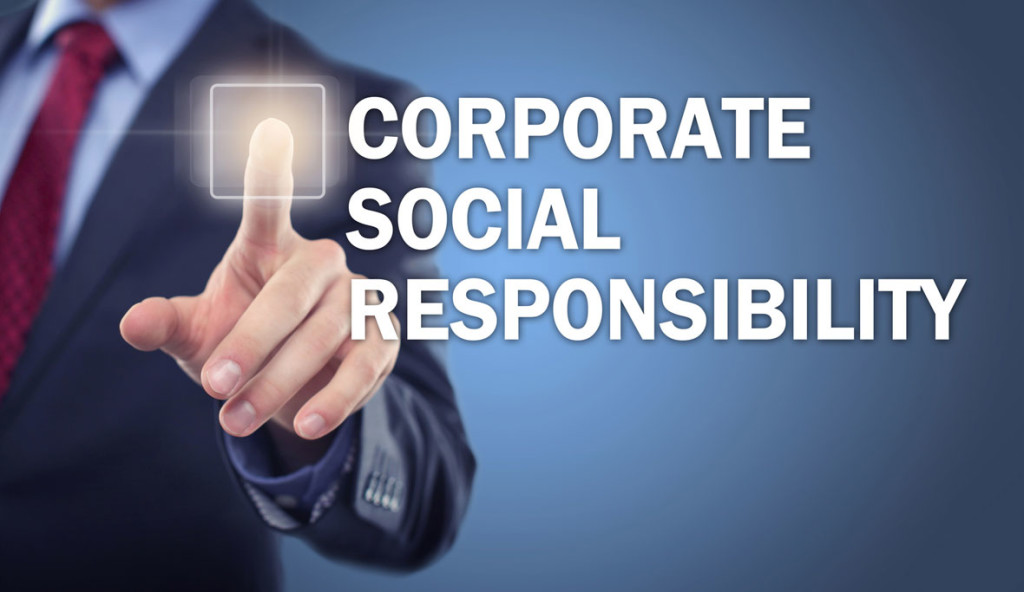Ever since the publication of Milton Friedman’s book; Capitalism and Freedom, there has been constant debate of corporate social responsibility and profits, both in the business world, as well as the academic field. The debates now transcend to another level, whether businesses exist for ‘reason‘ or profits.
“There is one and only one social responsibility of business — to use its resources and engage in activities designed to increase its profits so long as it stays within the rules of the game, which is to say, engages in open and free competition without deception or fraud.” ~~~ Milton Friedman
Put his argument in simplicity, Milton thinks that social responsibility is a clear cut between ‘expenses‘ and ‘investments‘; there is no mid-way between the two. In the business world, most money-spending activities fall into either of the two categories. Expenses are the economic costs that businesses incur to earn its revenue. Examples of such include energy bills of a factory, car rental costs and so forth. A profit maximising business would cut back all possible expenses in order to maximise the profits in the fixed-sized pie composed of either expenses or profits; the logic is that spending one more dollar on electricity for nothing would just decrease one dollar of profits.
Investments, different from expenses, are assets and items that are bought with a hope to generate income stream or appreciation in value in the future. As an example, an airline would buy a new fleet of planes for flying new routes, and hopefully, generate more profits in the future. In this case, Milton takes the side that every cooperate social responsibility is an investment. This criterion can also apply to compensation structures of corporate organisations. A higher pay, considered as a socially responsible behavior, is justified from the firm’s point of view if it can induce employees into working harder, and subsequently a higher revenue that is more than covering the pay rise.
However, most ordinary investors, they take the opposite side. To most, they formulate their arguments around the fact that cooperate social responsibly is disarming the business from its money-making tricks. It is entirely understandable though. According the research carried out by economic consulting firm EPG, Fortune 500 companies alone spend more than $15 billion a year on corporate responsibility. To put the scale of resources employed in perspective, a typical space operation for NASA moon exploration with astronauts costs around $750 million; $15 billion is more than enough to sponsor 20 NASA operations of such forms.
As a matter of fact, social responsibility programmes of corporates are not funneling to the same end. Most donations, indeed, are in-kind donations, such as drug development corporates donating free drugs for government and NGO health programmes, and software producers giving free software to universities. The underlying reasons for corporates contributing to social responsibility are down to their missions statements and visions. As an example, the access to medicines is a cornerstone of Pfizer’s commitment to health care; for that, Pfizer offers drugs for free and at a saving.
Profit maximisation?
Despite the fact that resources are delivered to different strata of society, does it mean that firms with corporate social responsibility and existing for a ‘reason‘ are not taking the route of profit maximisation?
The answer to this question is no. However, the exact logical deduction to answering this question is often neglected. There are no less than three reasons for the explanation.
First, the corporate social responsibility often earns media coverage for firms. How expensive is it to have media coverage precisely nowadays? Even if traditional newspapers are fading into the background as more and more people turn to e-newspapers, a full-page colour advertisement in WSJ global edition costs nearly $400,000. Imagine if the corporate social responsibility of the firm is given media coverage, for half a page in WSJ, the corporate automatically saves $200,000 on potential advertising. Most corporate social responsibility involve only volunteering works, which takes on the free time of workers. In other words, having social responsibility is a cost-efficient way to achieve marketing purpose and media coverage.
The dividend of social responsibility does not end here. The second benefit of it is higher social statuses of corporates within the local areas. Firms may thus have a stronger lobbying power, and be able to earn social licenses to keep their businesses running. Take a firm in the coal mining industry as an example, it causes serious pollution and may deter the overall development of the area surrounding it. It may be of overall social interest to stop the firm from operating. However, with a good social responsibility programme and relationship between local parties, firms may be granted exploration rights, and possibly franchise in the local areas. The potential market barriers and right to ‘do business,‘ enable the firm to reap the profits that it might be unable to obtain, when without the social responsibility.
The third boost of having a robust social responsibility programme is uplifting the overall business development of the firm. In fact, investors prefer purchasing stocks from these companies than otherwise. Investors feel that they are contributing to a change in the society, even though it is small for most investors. Investors of socially responsible firms are also shown to keep stocks for a longer time. With that, managers can pursue long-term gain, rather than a smaller short-term one. The longest-running Socially Responsible Index (SRI), started in May 1990, has been performing competitively since inception—with average annualized total returns of 9.51% through December 2009 compared with 8.66% for the S&P 500, according to The Forum for Sustainable and Responsible Investment.
Social responsibility is achieving the greatness that we may neglect when just looking at earning reports. Profit maximisation and corporate social responsibility once seemed like a two-way road, in reality, they may be a coin with two sides. What constitute the sides are the same – money.
This article was taken from here.
